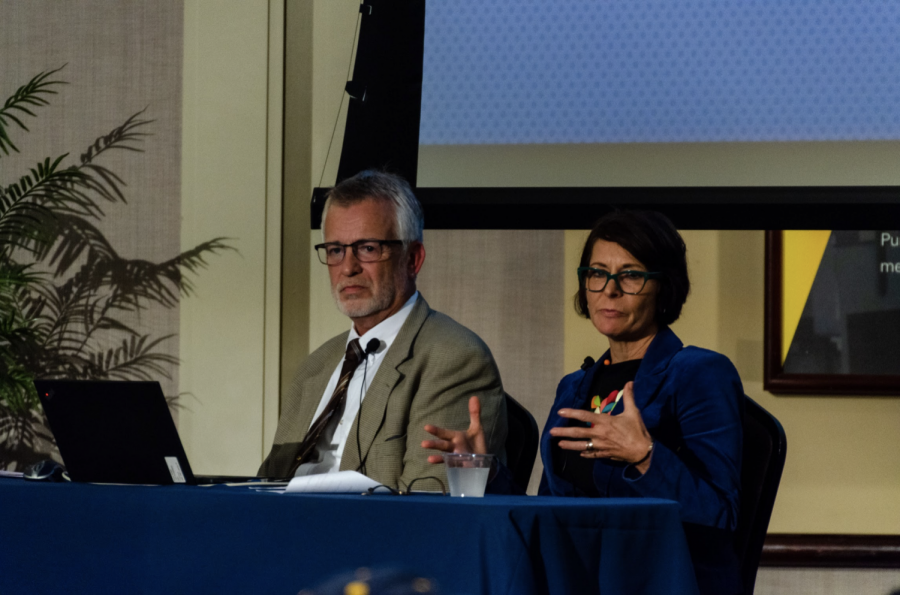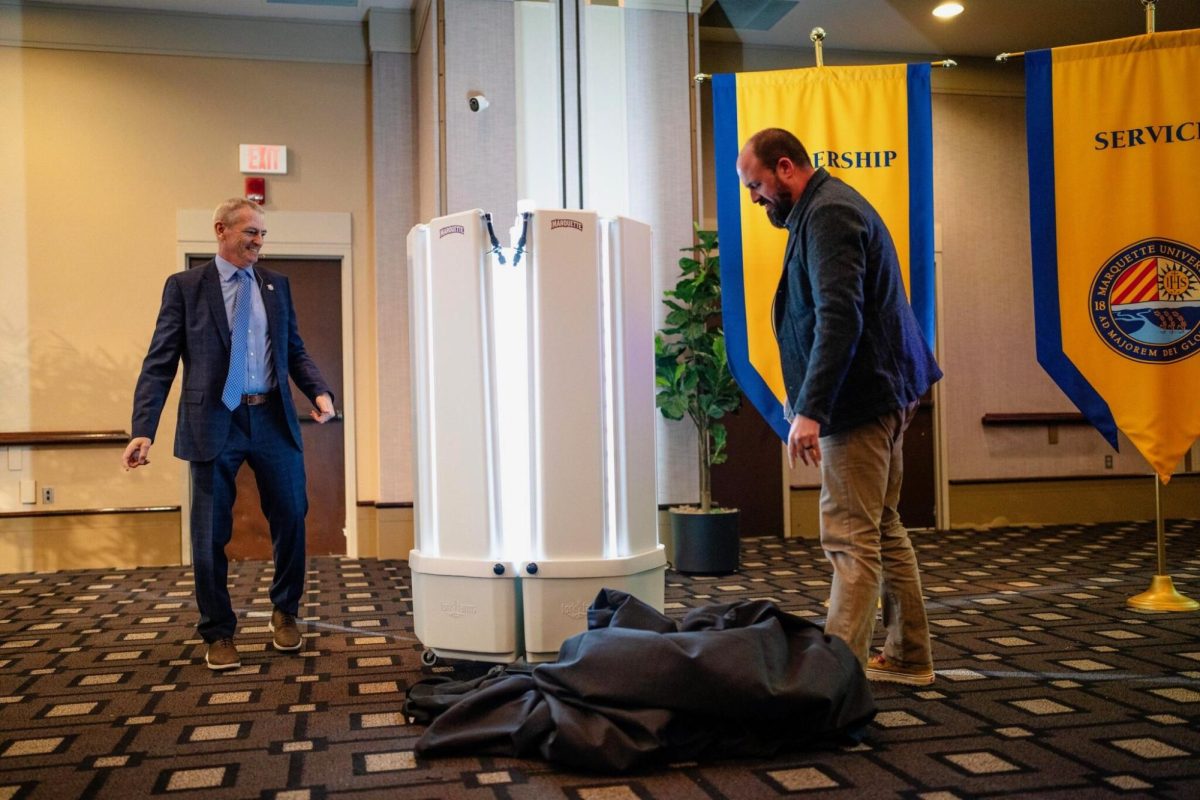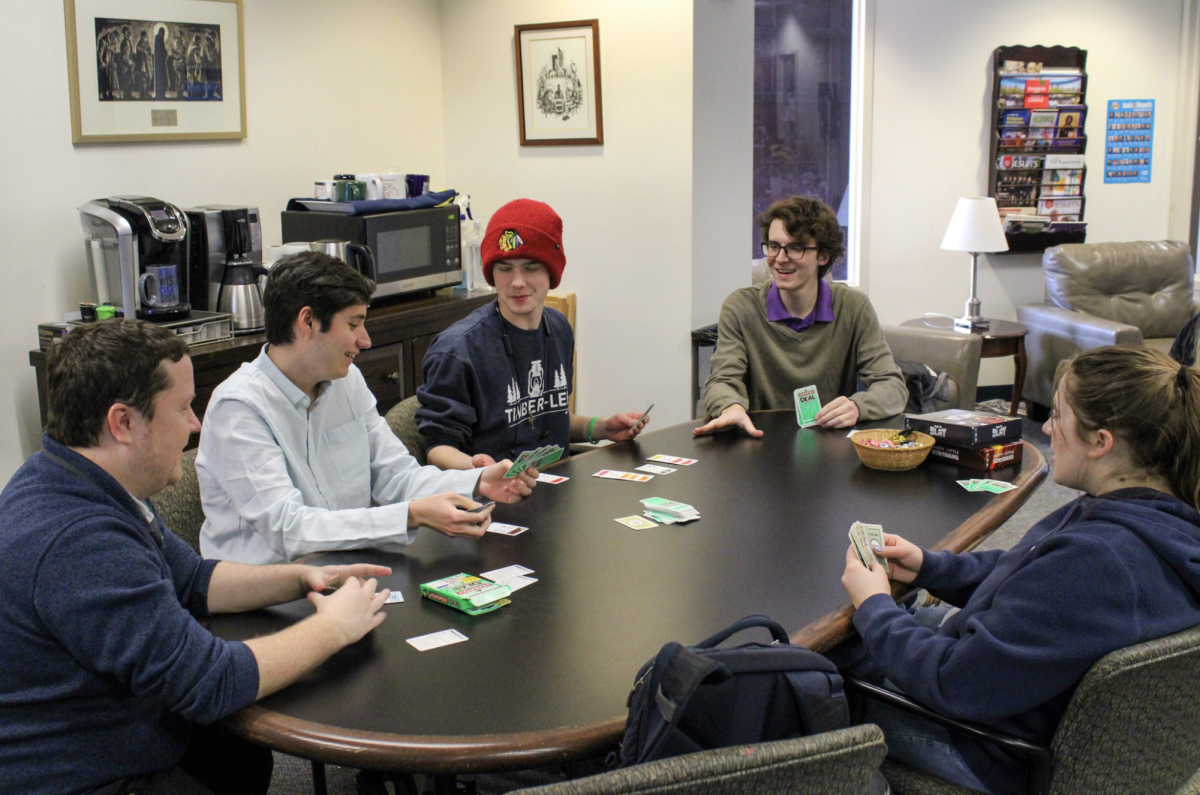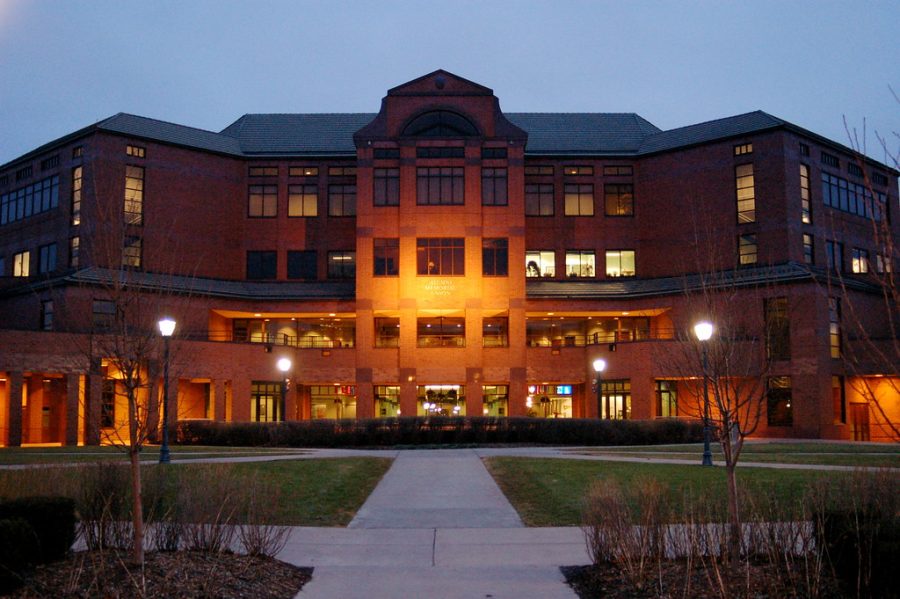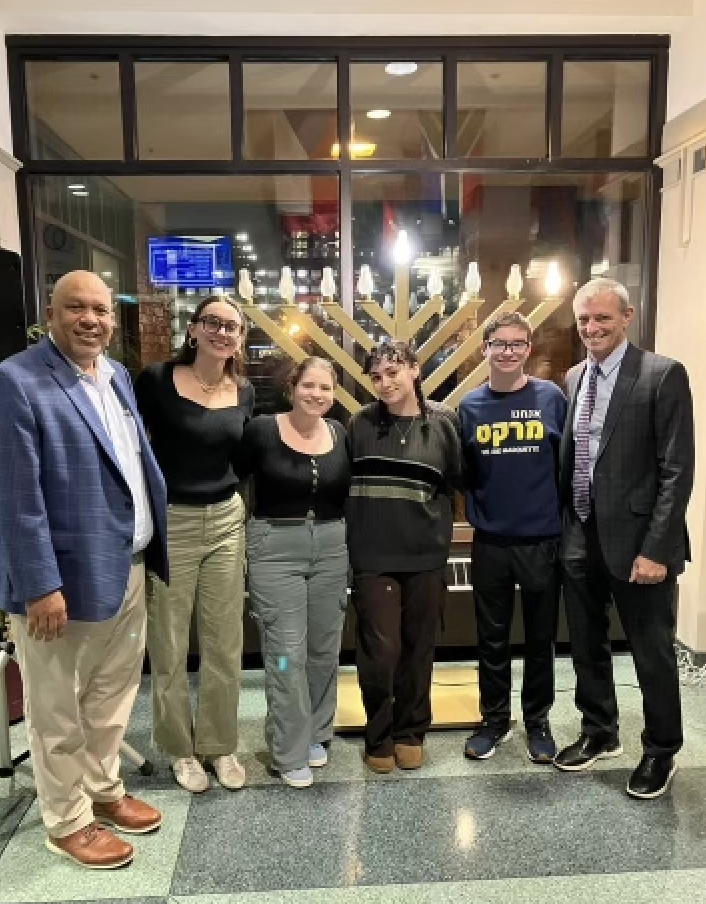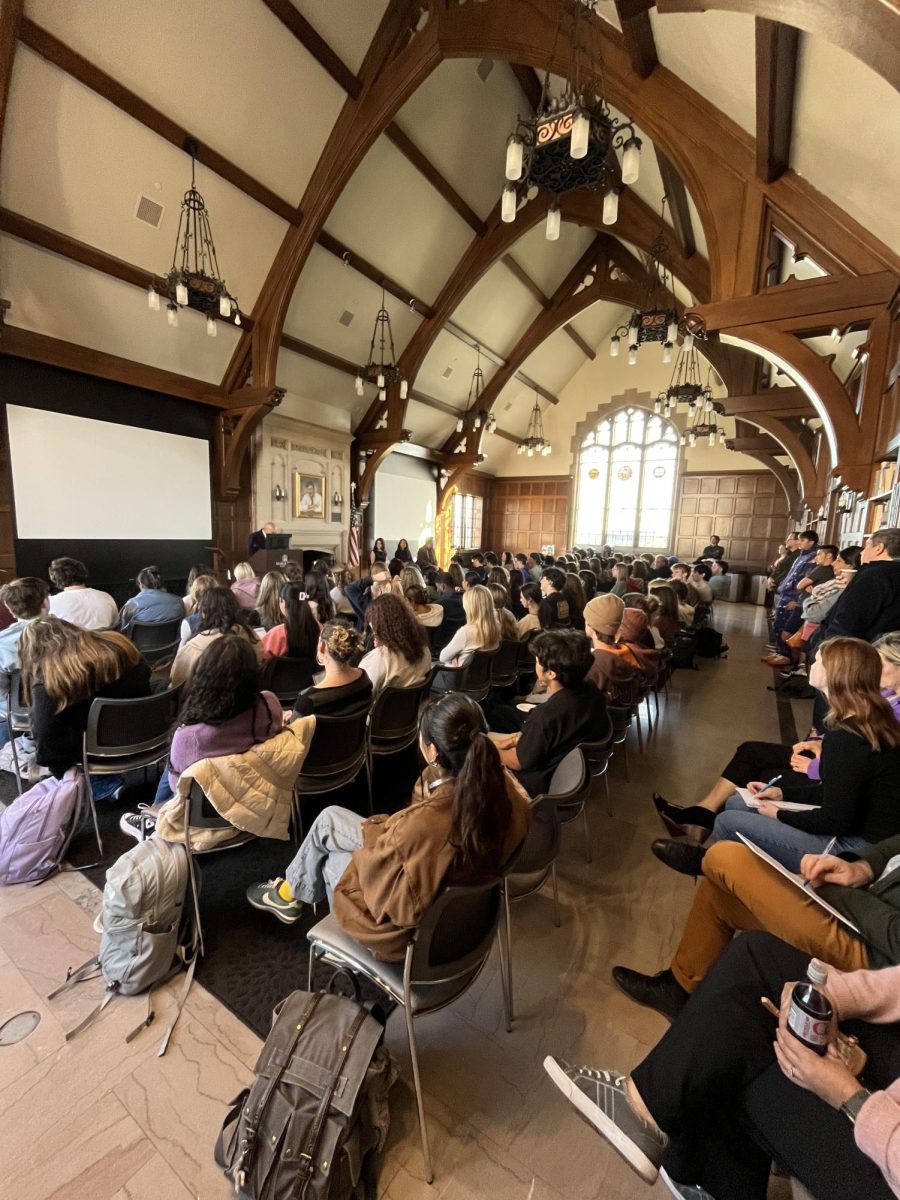Marquette University’s annual Burleigh Lecture, held in the Alumni Memorial Union Oct. 10, hosted South Florida Sun-Sentinel editor Randy Roguski and reporter Brittany Wallman, who covered the 2018 mass shooting at Marjory Stoneman Douglas High School in Parkland, Florida.
As a result of their reporting, the Sun-Sentinel received the Pulitzer Prize for Journalism in April. Roguski has been an employee of the Sentinel for six years, while Wallman has been there for 21 years.
The O’Brien Fellowship in Public Service Journalism along with the College of Communication sponsored the lecture.
“It’s important for us to be educated on this topic so that we can prevent it from happening again,” Jack Cassidy, a freshman in the College of Arts & Sciences who attended the lecture, said. “As the saying goes, history repeats itself, and we can often forget about prior events like this.”
Students filed into the ballroom and were greeted by the words, “America’s Most Preventable School Shooting.” Roguski and Wallman described what took place Valentine’s Day 2018 when former Stoneman Douglas student Nikolas Cruz used an AR-15 to open fire on students. The presentation touched on what has and has not changed after the attack that claimed 17 lives.
The journalists also walked the audience through the Sun-Sentinel’s experience covering the shooting.
During initial coverage of the shooting, the Sun-Sentinel split reporter assignments, sending most to the scene and one to the hospital where some of the victims were.
As the day of the shooting progressed, the Sun-Sentinel reporters amassed more and more details, like how an Uber dropped the shooter off and how the shooter admitted to firing over 100 shots during the course of the event. After his attack, the shooter attempted to blend into the crowd and was even recognized by several of his former classmates.
Roguski said The Sun-Sentinel published 65 stories and 13 opinion stories about the tragedy overall. The day after the shooting, the newspaper’s main article headline read “A Horrific Day.”
In the aftermath of the shooting, the Sun-Sentinel team discovered the shooter had been adopted at birth and lost both of his parents at a young age. The shooter was kicked out of school and collected guns. In chilling videos posted to his social media just days before his strike, he discussed his plans.
Roguski and Wallman said a question the Sun-Sentinel attempted to answer in their reporting was “If there were all these red flags, why did this happen?”
The journalists began to answer this question as they described how the security guard at the school fled the scene, the deputies at the scene failed to take action and the school attempted to cover their past mistakes in regard to the shooter.
Wallman also described how the Sun-Sentinel found itself in a legal battle with the school after being faced with a tough decision: whether to release a school district report detailing the shooter’s history.
The school did not want the report detailing its inaction to be revealed, and a judge had previously ordered specific information to be redacted, but the Sun-Sentinel was able to access the censored information.
Wallman said the Sun-Sentinel felt it was important to understanding the shooter’s profile as well as the role of the school district, and ultimately decided to publish the material.
Wallman and other reporters at the Sun-Sentinel went to court due to the decision to publish. The Judge originally ruled to redact information not appropriate for the public and protected as private information under the law, leading to 70% of the report being blacked out.
The judge said, “No other paper has released this except for you.” Months later, she ruled in favor of the Sun-Sentinel.
“Something that stood out to me was how many students showed up and proved that they care about this social issue and are motivated to listen and make a difference,” Elinor Clough, a freshman in the College of Arts & Sciences who attended the lecture, said. “The Sun-Sentinel really spent a lot of time focusing on how to approach the story in an ethical way. They so easily could have exposed everything they had access to but really considered how it would effect the direct community of Florida instead before publishing.”
Emma Gonzalez, a graduate of Stoneman Douglas and a senior at the time, organized the March for Our Lives event in recognition of the shooting and the effect it had on the school and community as a whole. In her speech at the event, she honored the victims, highlighting their hobbies and intensifying the gravity of each loss. The main purpose of the speech was to keep mass shootings from ever happening again. In the most intense part of her speech, she deliberately stood at the podium saying nothing for six minutes and about twenty seconds: the exact time it took for the shooter to begin and finish his attack.
One year after the shooting, the Sun-Sentinel published a front page featuring the faces of all of the victims to commemorate them and their lives.
“It made me realize that the reality of a school shooting is very frightening and could happen at anytime,” Hunter Pinkalla, a junior in the College of Business Administration who attended the lecture, said. “Our country needs to look more into everyone’s mental health and take away the stigma behind it.”

